Heat treatment during honey processing for a small-scale beekeeper
This is the third blog in a series of three, which together aim to show a simple and hygienic method of honey processing for a small-scale beekeeper. The focus of this blog is the heat treatment of honey.
All honey granulates eventually. Heat treatment enables honey processors to deal with this characteristic, but it must be done carefully to avoid damaging the delicate chemistry of the honey.
Click here to go back to the second blog in the honey processing series, if you missed it.
Why does some honey take longer to granulate than others?
When bees convert nectar into honey they breakdown the complex sugar molecules of sucrose into simple sugar molecules of fructose and glucose. Bees can digest these forms of sugar. Foragers do this by secreting enzymes from their Hypopharyngeal glands and adding it to the nectar, as they fly back to the hive from plants.
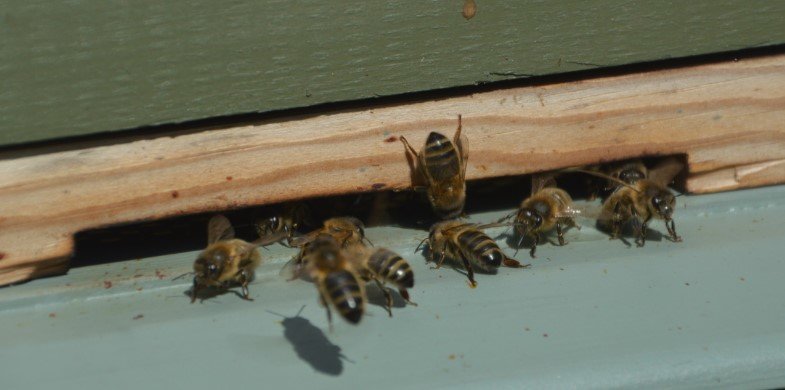
Different plants will provide nectar which breaks down into varying ratios of fructose and glucose. If the honey has a large proportion of glucose, it will granulate very quickly, into a fine smooth paste. If the honey has a large proportion of fructose, it will granulate very slowly but when it does it will be very course and gritty.
How do I deal with the granulation of honey?
The best way to process honey from the hive is to take the honey just as it is capped and then to extract it straight away. This is especially the case for honey which crystallises very quickly, like oil seed rape. Once the honey is set in the frame it is difficult to process, so avoid it getting to that stage. It is much easier to deal with granulated honey which was extracted into honey buckets while it was still liquid.
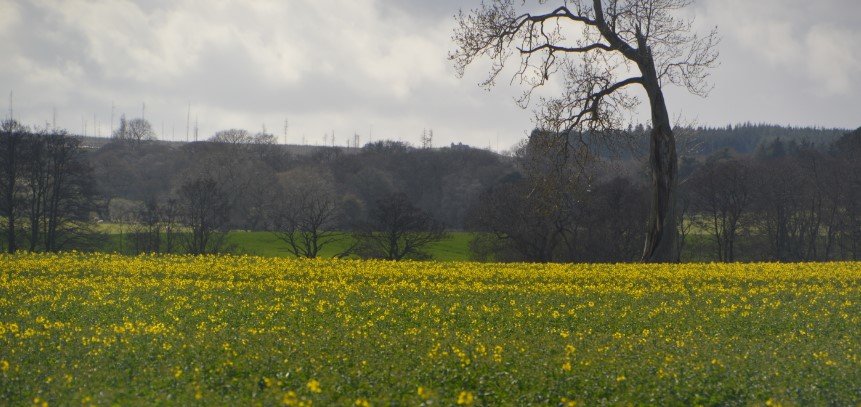
A honey warming cabinet, with accurate temperature control, is the best method for heat treatment of fully or partially granulated honey. This allows heat to be applied to the honey in a gentle and accurate way, without damaging the delicate chemistry of the honey.
How did I make a honey warming cabinet?
The photo below shows my home-made honey warming cabinet, made from the cabinet of an old fridge. The heat is provided from two 60-watt, tube heaters and controlled by a small STC-1000 controller. The controller comes with a temperature probe. The probe was mounted inside the cabinet, through the conveniently positioned condensation escape hole. It can take a 30kg bucket, which sits on the wooden shelf.
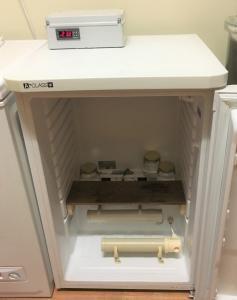
There are two small case fans, which are powered by a 12V supply. These ensure there are no hot-spots inside the cabinet, by moving the air around. I bought all the components from Amazon for less than £80 and it works well.
The target temperature is set on the controller and it turns the heaters on and off to reach and then maintain that exact temperature.
How do I use heat treatment to change the texture of honey?
There are two key situations when heat is put into the honey, using the warming cabinet: –
- To make “runny honey” by making granulated honey in buckets fully liquid again. This will involve heating the honey to 52-Degree C for over 24 hours, to breakdown the seed crystals, make it liquid and delay the re-granulation process. (once into jars, the shelf life of the runniness of this honey can be extended for three to six months, by putting the jars in a water bath at 62-Degree C for 45 mins)
- To make “soft set” honey in buckets mobile enough to pour. This will involve heating to 32-Degree C for over 24 hours, to keep the seed crystals in place but enable the honey to pour. The re-granulation process will take place in the jar in a few days. The optimum temperature for this is 14-Degree C.
The nature of the granulation process means that if you mix two honeys together they will adopt the texture of the fastest granulating honey. Soft set honey is made in this way, by gently stirring 15-20% of the “soft set” honey into 80-85% of a “bulk” honey. The honey is stirred gently but thoroughly, avoiding introducing air bubbles. After leaving overnight, to allow any bubbles to rise to the surface, the honey can be jarred. The honey will re-granulate in the jar in a few days.
Why is accurate temperature control of heat treatment so important?
The problem is that honey is very delicate and sensitive to heat. The natural enzymes present in honey, which many consider giving honey its “goodness”, breakdown over time and this is accelerated by heat. There is also an undesirable chemical, Hydroxymethylfurfural (HMF), which increases over time and with heat.
The Honey Regulations 2015 have limits in the amount of HMF that can be present and have a level of enzyme activity which is required. The issue for the small-scale honey producer is that it is very difficult to measure the HMF level and enzyme activity without very specialised industrial equipment.
The only way that the small-scale honey producer can deal with this is to ensure that only a minimum of heat is used during honey processing and never enough heat is used to exceed the amount of HMF present. A 30mg per kg rise in HMF can be all that is required to exceed the limits set by the Honey Regulations 2015.
The amount of heat involved in compromising the quality of the honey is surprisingly small and the amount of time it takes to damage it reduces exponentially with an increase in temperature. Diastase is one of the main enzymes. The amount of time it takes to half the amount of this enzyme in the honey is also shown below. These figures are taken from J.D & B.D Yates – Beekeeping Study Notes. Ted Hooper also gives a lot of useful information in his book Guide to Bees & Honey.
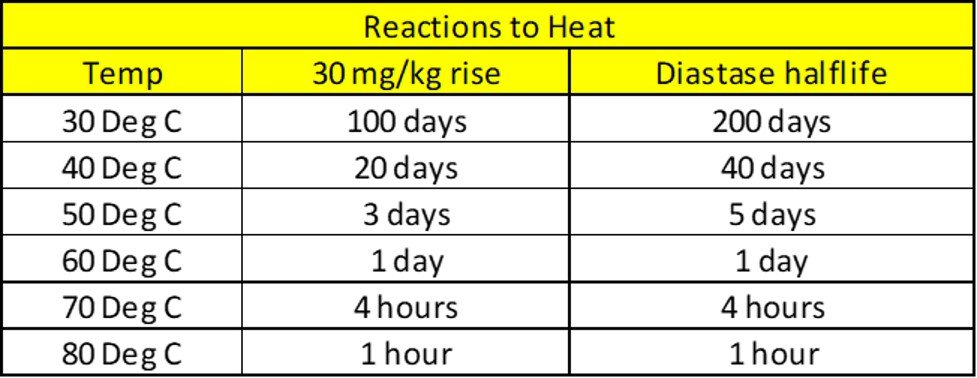
This shows how delicate the honey chemistry is and why heating honey with boiling water or putting it in the microwave should be avoided!
Summary
All honey granulates eventually. Heat treatment enables honey processors to deal with this characteristic, but it must be done carefully to avoid damaging the delicate chemistry of the honey.
A honey warming cabinet is needed to apply heat in a gentle and controlled way.
If you sell your honey, even from your door or at local farmers markets, there are food safety, hygiene, packaging and honey regulations that still apply. The aim of this series of blogs has been to demonstrate that they do not have to be onerous for the small-scale beekeeper. They can even be helpful in reassuring people, who buy your honey, that it is good honey and safe to eat, by demonstrating a knowledge of the regulations in the way you present your honey.
If you have found this interesting or helpful, please subscribe to my blog, or like/share on Facebook.


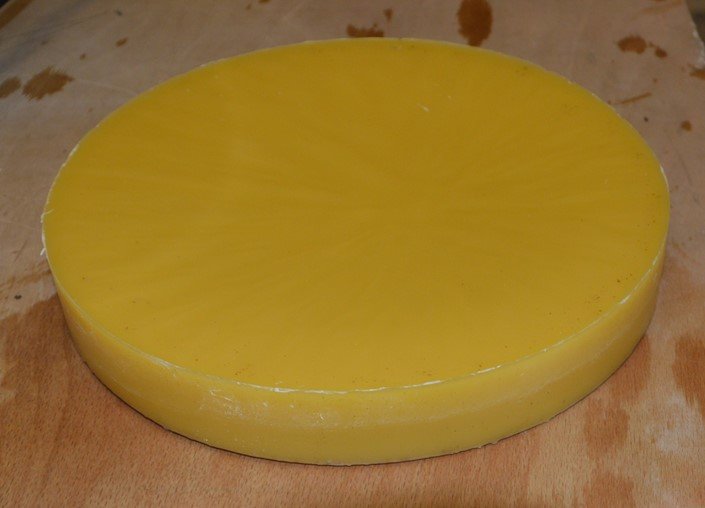
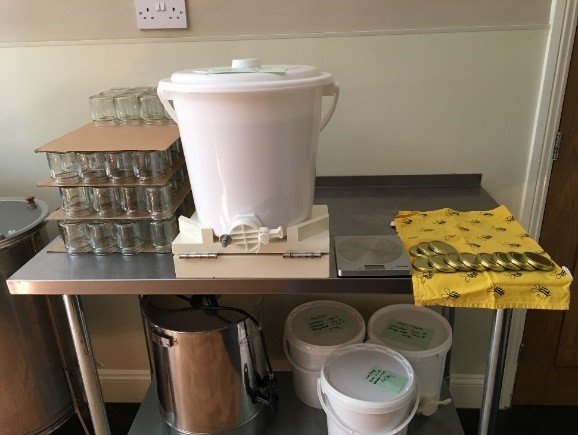

Hi what a great series for new beekeepers, I will be using your advise to build my honey house, in a otbuilding and incorporating your ideas.
Hi
I ordered the STC 1000 Controller that you used in your honey warming cabinet. I’m not that tech savvie and the instructions seem to be in not so good translated English, which neither I nor the guy installing it can decipher! Have you any easy instructions for the settings?
Thanks
Helen Bond